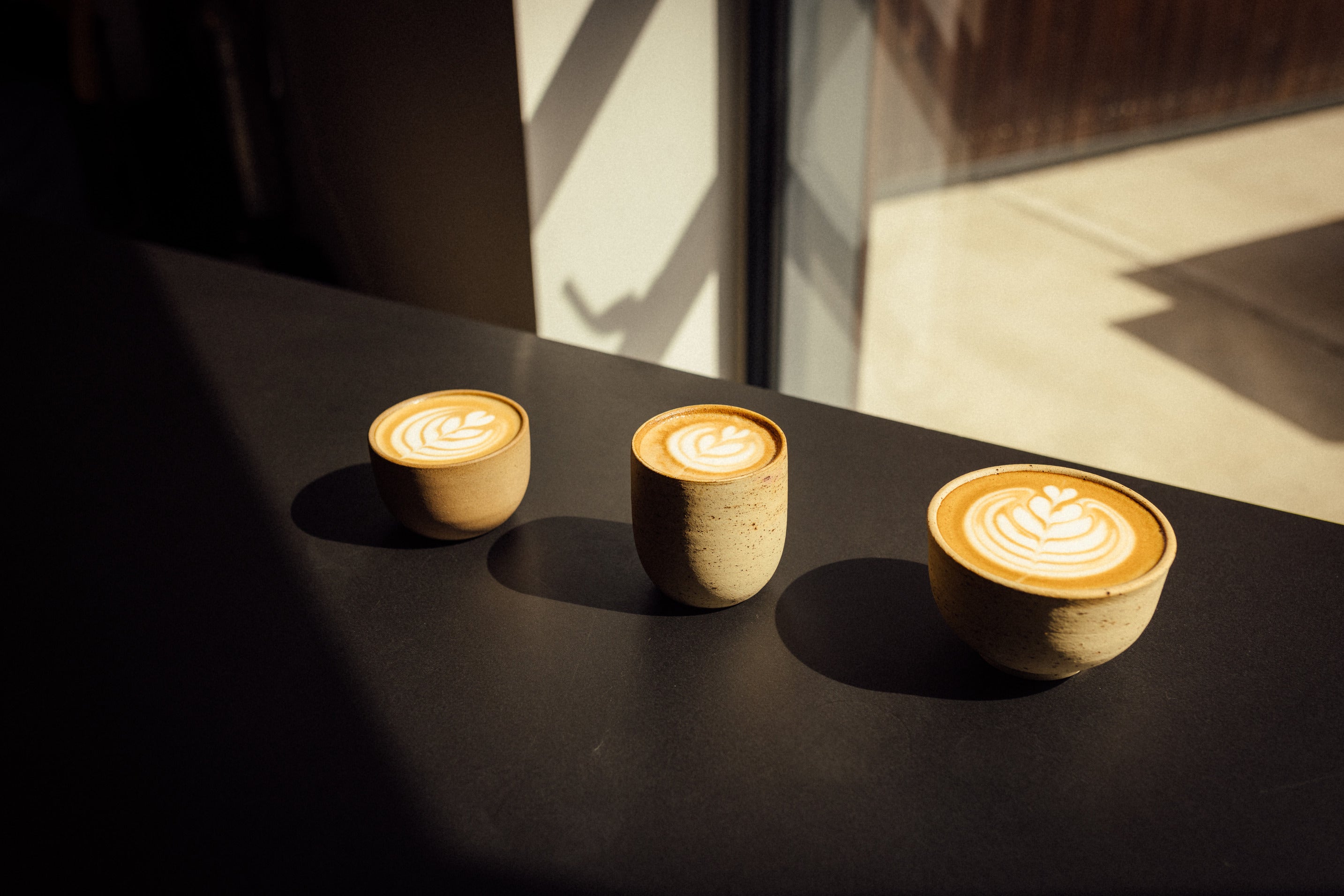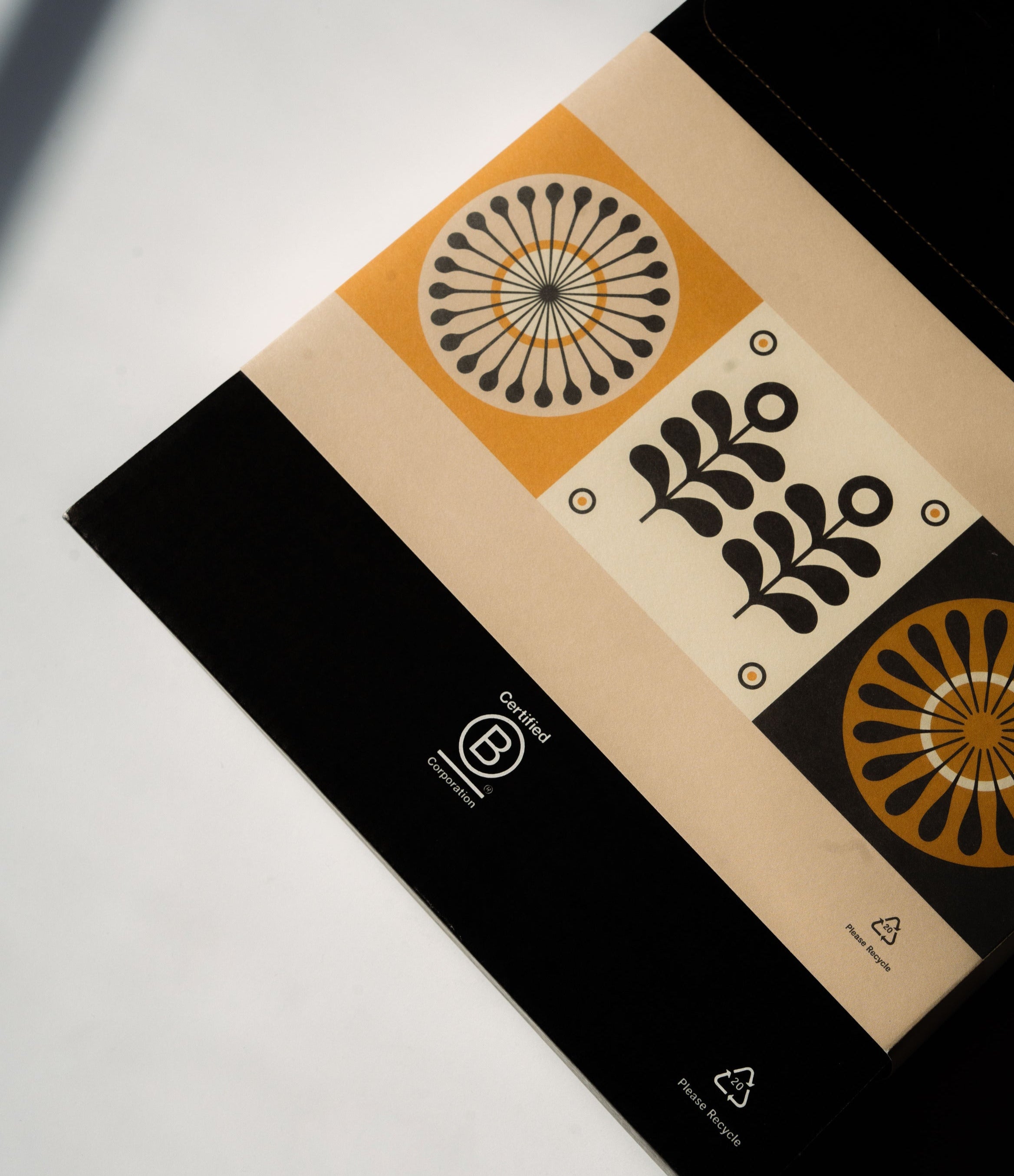The most powerful force that shapes the potential of a coffee’s flavours is terroir. Simply the land that the coffee grows on, its geology, its soil and its climate are what make the coffee what it is. That is not to say we cannot influence, enhance and ruin a coffee but location will always be a coffee’s most impactful element to shape its potential. This means that some areas are better, some regions and some countries are better. Just better suited for delicious coffee. Of course this doesn’t mean that good coffee can’t happen in many places but great coffee, well that is much more difficult.

While terroir is the most powerful aspect of coffee, the people growing it are the most important. People build the farms where the land is, they harness the potential and meet it with ambition, people create the coffee we love. None of us get an incredible cup of coffee unless over 100 people wake up in the morning and make it happen. One of those people is Nicaraguan coffee producer Erwin Mierisch Jr. and a few more are his whole family. The Mierisch family is the longest coffee producing partner of ours and like all of our partners we think it is crucial to visit them each year. This year was a bit different.

The first thing to know about Erwin Jnr is that he doesn’t pull punches when it comes to coffee. He is a head judge for Cup of Excellence and he will say his honest opinion on anything he drinks. I love cupping with Erwin because he’s tough, more than once I’ve had to argue with him that his coffee is better than he says it is. The thing is he knows what’s amazing about his farms in Nicaragua but he also knows their limitations and according to him great wasn’t enough, he wanted his coffee to be spectacular. This led Erwin almost 600 km north of his farms in Nicaragua to Honduras’ northern region Comayagua.
Each time we head over to visit where our coffee is grown we always have an eye on finding new people to collaborate with in new places, new regions, new countries. This year I had an eye to Honduras for the similar reasons that drew Erwin. After visiting Colombia last year and tasting the incredible coffee produced there I looked at the land, how dynamic the geography and weather was and how it produced such excellent coffee. This inspired me to spend time reading about the geography and climate conditions of other coffee producing nations trying to find places with similar characteristics. It was a hunt for terroir. This hunt led me to Honduras and to Erwin’s new farm Cerro Azul.
It wasn’t in Nicaragua that I first heard of Erwin’s new farm, it was over dinner in Cornwall when he visited us. He told me about the land, the altitude and the weather. He told me about Cerro Azul. As he spoke boxes were being ticked in my head. Here is a farm that has all the ingredients of great terroir and most importantly it has the person who knows how to use it to make great coffee. I knew then that I would find myself sometime soon on a mountain in Honduras. Last month I was on that mountain.

Driving up to Cerro Azul from San Pedro Sula is something else. The busyness of the countries biggest port falls away and a lake comes in view on your right. The lake looks like it wouldn’t be out of place on a brochure for Norwegian fjords. Mountains sharply come to meet it as its deep blue water gently climbs and retreats from the shore. Like most roads to a farm it gets rough for a bit but then you’re in the mountains. For the last hour or so you’ve been looking up at them and their mist covered peaks, erratic land and nothing like the picture perfect triangles we draw as kids. But these mountains are perfect, they grow something special.
The cupping table sits a few feet from where the coffee dries and a few more from where it grows. The clouds come in fast and seeing the mist at the door as you taste coffees happened more often than not. The first thing I like to do when I am looking for coffee is cup the farm to build a full sensory understanding of the place. Why the dynamic land and weather is so important is that it gives you the opportunity to taste the huge differences between the day lots. Day lots are the pickings on certain days from certain areas called tablons, all kept separate so as to ensure quality control but also identify something special. Often they taste very similar each day to the next but with each day and areas coffee being the product of such different circumstances the potential for unique lots is multiplied.
With the mist at the door, the sun heading down and a forgotten lunch getting colder and colder we tasted. This tasting is going well, Cerro Azul is more than good, it’s batting it out of the park. With every sip I am realizing that Cerro Azul is just what I was looking for, amazing terroir and a talented driven person to capture it in the cup.
By the end of the cupping I’m hunched over a table designing the menu that Cerro Azul will join. My brain is fuelled by caffeine and exhilaration as I think of where the incredible collection of day lots, varietals and processing’s we will be able to offer. Coffees like the January 18th picking of the Red Catuai from the Jasmine tablon which will be a monthly feature or the pulped natural Javanica from the La Plantilla tablon. This lot of Javanica varietal is the first that the young plants have produced at Cerro Azul. With barely a sack in existence we’re looking forward to brewing across our cafés.
Cerro Azul will find its way into many other avenues of our offering menu and like the long relationship we have with the Mierisch in Nicaragua we look forward to working with them for years in Honduras.














